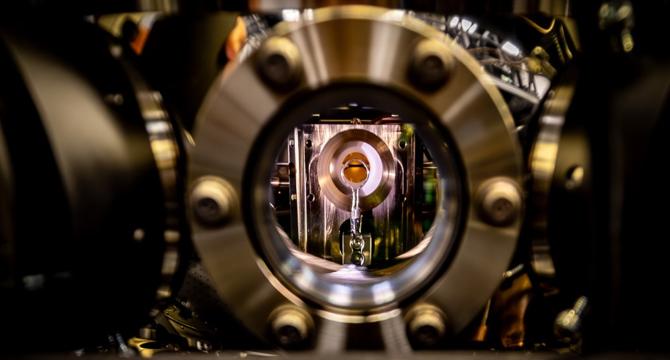COSMOS
1M
300

Image Credit: COSMOS
First quantum simulation of chemical dynamics puts science on the edge
- Researchers have achieved the first quantum simulation of dynamic chemical processes using a quantum computer, a milestone beyond the capabilities of classical supercomputers.
- The study, published in the Journal of the American Chemical Society, demonstrated the real-time simulation of chemical processes on a quantum device.
- The quantum simulation involved molecules interacting with photons, revealing the dynamics of chemical bonds transitioning to higher energy states.
- The nano institute's quantum computer at the University of Sydney simulated the interaction of photons with molecules like allene, butatriene, and pyrazine.
- The simulation allowed researchers to observe the process occurring in milliseconds, significantly slower than its actual timeframe of femtoseconds.
- This breakthrough enables a deeper understanding of how light drives chemistry in processes crucial to life, renewable energy, and medicine.
- The quantum simulator's efficient analogue approach using a single trapped ion demonstrates its potential power in studying complex chemical dynamics.
- The researchers believe that with a slight scaling up to 20-30 ions, quantum simulations could explore chemical systems beyond classical computing capabilities.
- This development marks progress towards achieving 'quantum supremacy' in simulating chemical dynamics that classical computers cannot handle.
- The quantum simulator's ability to accurately mimic real-time chemical dynamics using existing hardware opens doors for advancements in materials science and drug discovery.
Read Full Article
18 Likes
For uninterrupted reading, download the app